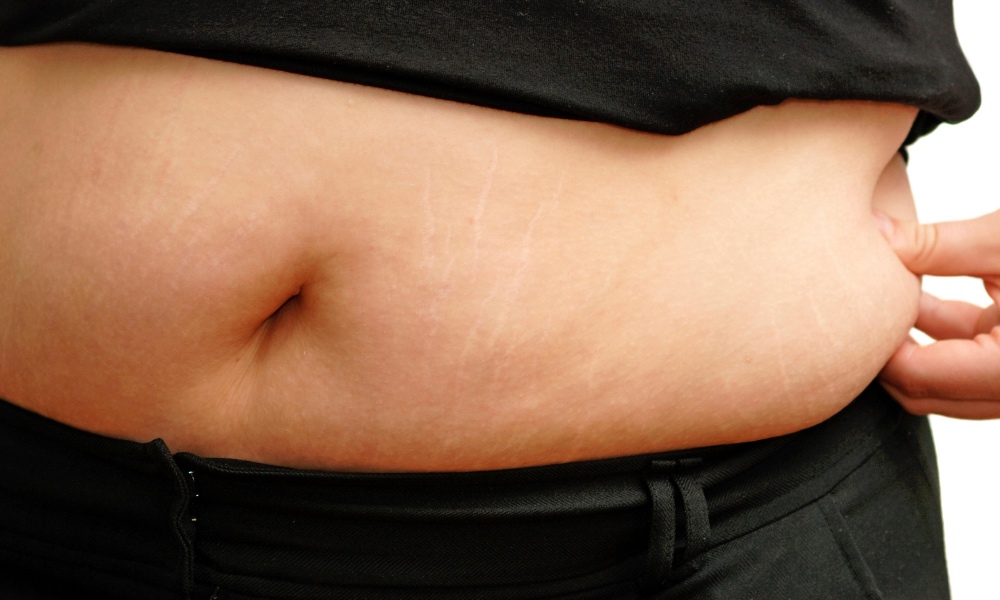It isn't news that our kids are spending more time than ever just sitting in front of a screen. But there are consequences as a result of their inactivity, as a study from Finland proves. The research found that long periods of staying put in childhood and adolescence can result in serious cardiac events during early adulthood.
The data show that, over time, inactivity leads to an enlarged heart which not only increases the risk of sudden death by heart attack, it can cause fluid to build up in the body and lungs, which then increases the risk of heart failure. Girls who are inactive were found to be more prone to these conditions.
Research collected from the Children of the 90's study, one of the world's largest cohort studies to measure lifestyle, led to this potentially grim finding.Long periods of staying put in childhood and adolescence can result in serious cardiac events during early adulthood.
The children wore activity monitors for one-week periods during several different ages throughout the study. At eleven years old, it showed that they were sedentary for about 6 hours a day. At adolescence, four years later, that number rose to nearly 8 hours a day and to nearly 9 hours by the end of the research period.
The more time a child or teen spent being sedentary was specifically associated with an increase in the size of the heart's left ventricle, regardless of whether the participants were in the normal weight range or had healthy blood pressure readings.
“Since it is rare for children to have heart attacks, left ventricular hypertrophy or enlarged heart has been employed as early signs of heart damage,” said lead author of the study, Andrew Agbaje, principal investigator of the Urfit research group at the University of Eastern Finland's School of Medicine explained.
He pointed out that though the data only showed the association of inactivity and future cardiac consequences in girls, more research with a larger group may show a difference for boys and girls.
According to the Centers for Disease Control (CDC), children between the ages of 6 to 17 years need about one hour of physical activity a day. But a 2020 survey found that less than a quarter (24 percent) of kids get that much exercise.
The CDC offers tips for parents to help their kids get moving:Instead of watching television or going on-line after dinner, encourage your child to find enjoyable activities to do on their own or with friends and family, such as walking, playing ball, riding bicycles or skateboarding.
- Start early. Young children love to play and be active. Encouraging lots of safe and unstructured movement and play can help build a strong foundation for an active lifestyle.
- Set a positive example by leading an active lifestyle yourself.
- Make physical activity part of your family's daily routine by taking family walks or playing active games together.
- Give your children equipment that encourages physical activity.
- Take young people to places where they can be active, such as public parks, community baseball fields or basketball courts.
- Be positive about physical activities in which your child participates and encourage them be interested in new activities.
- Make physical activity fun. Fun activities can be anything your child enjoys, either structured or non-structured — from team or individual sports to recreational activities such as hiking, running, skating, biking, swimming, time on the playground or free play.
- Instead of watching television or going on-line after dinner, encourage your child to find enjoyable activities to do on their own or with friends and family, such as walking, playing ball, riding bicycles or skateboarding.





